That’s my short take on Lisbon after two weeks there last summer. A variety of economic factors, not all connected with the Euro crisis of the past few years, have made Portugal incredibly cheap for foreign travelers—but you have to be prepared to climb to get almost anywhere. The city is built on a series of hills sloping up from the Tagus River (Tejo in Portuguese) and only a small strip along the river is really flat, as you can see in the picture above, taken from a ferry.
Lisbon’s found a number of ways to cope with the hills—aside from just strong legs and persistence. In several parts of the city, upper and lower areas are connected by tram cars with tilted bodies, or by elevator towers and bridges (above). Small old-fashioned trolleys wind their way through some of the steeper neighborhoods, including the “old town” Alfama district. And, all over town, you can find streets replaced by staircases, some narrow, some not. The set below connected our neighborhood with the one below; there are apartments opening directly onto each landing! Oddly, both the top and bottom of these stairs is on Rua Washington—the street does a 180 and continues down the hill!
Even away from the older neighborhoods that give much of Lisbon its character, you’re always aware of the tilt. Here’s a view looking down toward the waterfront through King Edward VII Park (yes, Edward VII…if he’s not that memorable elsewhere, his visit here in 1903 was a big event). How steep is Lisbon, the joke might go? So steep that from the entrance to the Rossio railroad station, you go up 3 floors by elevator to the tracks—which promptly disappear into a tunnel through the hill.
 The Alfama area (most names in Portugal that begin with al- are remnants of Arabic names; ‘al-‘ means ‘the') is Lisbon’s oldest, and because of its height, it survived the immense Lisbon earthquake and tsunami of 1755, which destroyed the lower city and burned much of the rest. It is known for its narrow alleys, twisting streets and close family ties. Although many residents find it cramped and rundown, rents have been frozen since the 1970s, and new housing at the edges of the city is expensive. Here are a few more views of the Alfama.
The Alfama area (most names in Portugal that begin with al- are remnants of Arabic names; ‘al-‘ means ‘the') is Lisbon’s oldest, and because of its height, it survived the immense Lisbon earthquake and tsunami of 1755, which destroyed the lower city and burned much of the rest. It is known for its narrow alleys, twisting streets and close family ties. Although many residents find it cramped and rundown, rents have been frozen since the 1970s, and new housing at the edges of the city is expensive. Here are a few more views of the Alfama.
In the Alfama: Narrow, steep passages, and houses built directly onto remnants of Roman and Moorish walls.
In fact, about the only really flat area of the city, aside from the waterfront, is the Baixa area, today a fancy shopping area, but in 1755 the heart of the disastrous earthquake, tsunami and fire that destroyed much of the city and killed thousands. After the 1755 disaster, the king of the time was so shaken by the events he never slept indoors again (think luxury Tent City) and when his prime minister, the Marquis of Pombal redesigned and rebuilt the city, he didn’t include a royal palace!
The area features ornate pavements and similar building styles; what’s under the skin is almost as interesting: Pombal and his engineers designed a wooden framework, known as Pombal’s Cage, that not only provides earthquake resistance, but allowed much of the rebuilding to take place off-site: arguably an early example of modular construction.
Because the "next street" is so often on another level, many Lisbon buildings are literally on top of each other. The 19th c. mansion, now a hotel, in this picture is actually sitting on top of the ancient building below, which houses one of the city's medieval public fountains.
So much for steep. As for cheap: “prato del dia”—or “dish of the day”—which is posted in nearly every restaurant usually consists of a meat, chicken or fish choice, with potato and rice (yes, both—but you can often have a salad or vegetable instead of one of them). We found them all over Lisbon, usually for between 5€ and 7.50€, although you can pay more—but even the most expensive restaurants are way cheaper than their counterparts elsewhere. True, there’s an extra charge for bread or cheese, which are always put on the table, but not if you don’t use them. The cheeses vary quite a bit, are almost all local, and worth the 1 to 2€ charge, by the way.
Wine and beer are also bargains, and we found far more Portuguese wines than the limited selection of Vinho Verde (green wine, named for its age, rather than the color) we see in the U.S., and for prices often under 5€ a bottle. We even discovered red green wine! The good news is that more Portuguese wines, including from the Douro valley, are showing up in the U.S. now.
The low pricing carries over into the groceries and bakeries as well. Rolls for 22c, coffee for 60-75c, etc. Very enticing to visitors, especially those from high-cost areas such as Scandinavia, but not much help to locals whose income is also modest. Lisbon is also a city of protest graffiti!
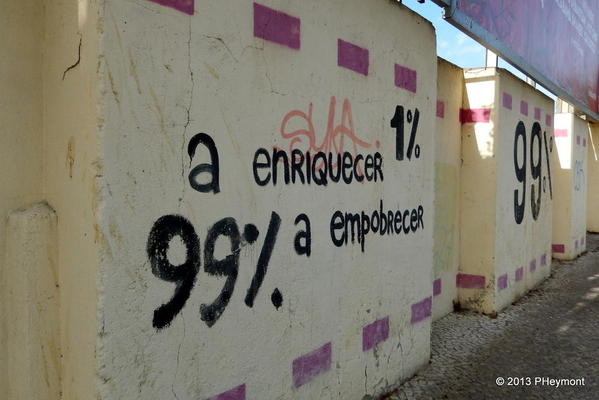 FOODIE NOTE: We also found a small company EatDrinkWalk Lisbon, run by two local women with food and publicity experience; they offer a number of tours of restaurants, wine, markets and food producers—we were their first customers! They have a variety of tours listed on the website, starting at 40€. They include some focusing on wine, and one focused on “the other side” of the Tagus, where one of them lives. We enjoyed the “gourmet” tour that includes lunch, snacks, wine tastings and a fascinating walk through Baixa and Chiado neighborhoods. Not exactly cheap—but great fun and value.
FOODIE NOTE: We also found a small company EatDrinkWalk Lisbon, run by two local women with food and publicity experience; they offer a number of tours of restaurants, wine, markets and food producers—we were their first customers! They have a variety of tours listed on the website, starting at 40€. They include some focusing on wine, and one focused on “the other side” of the Tagus, where one of them lives. We enjoyed the “gourmet” tour that includes lunch, snacks, wine tastings and a fascinating walk through Baixa and Chiado neighborhoods. Not exactly cheap—but great fun and value.


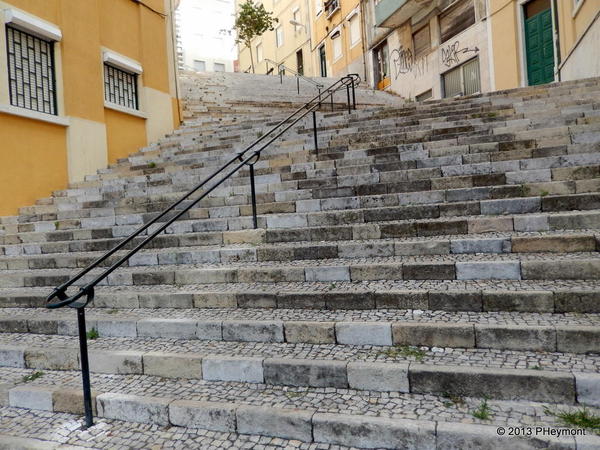

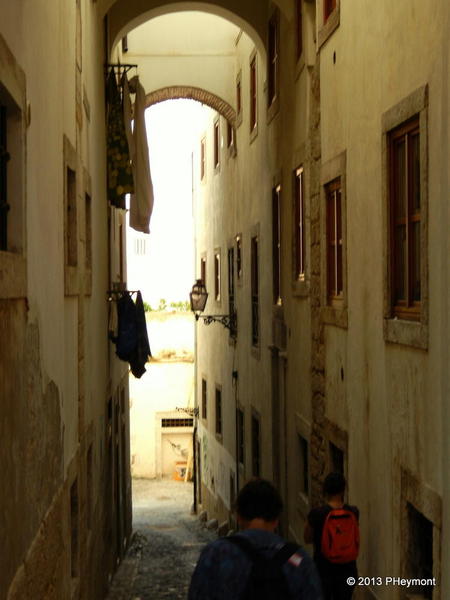
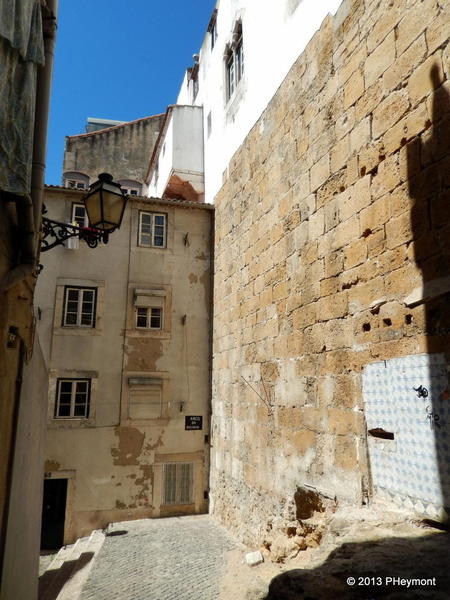
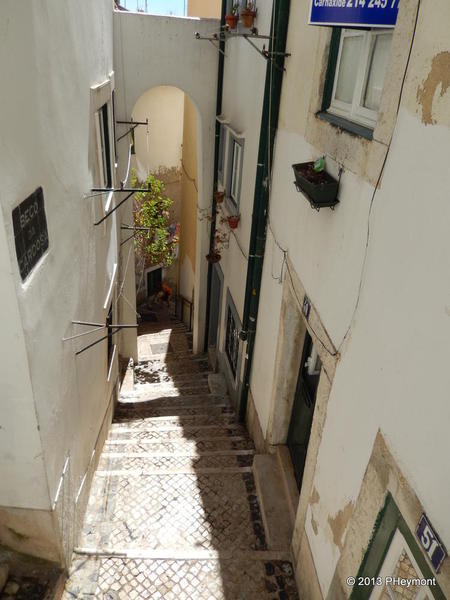
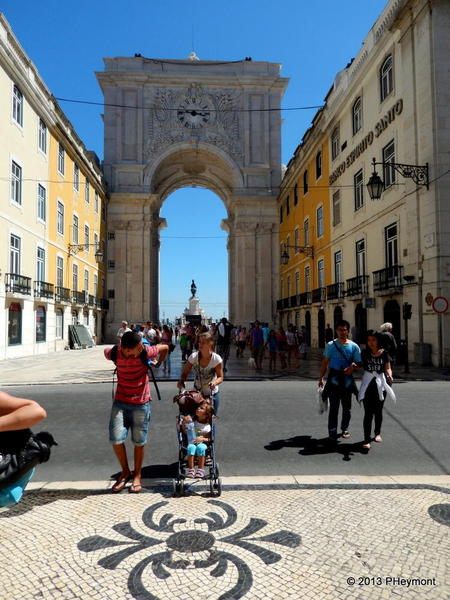

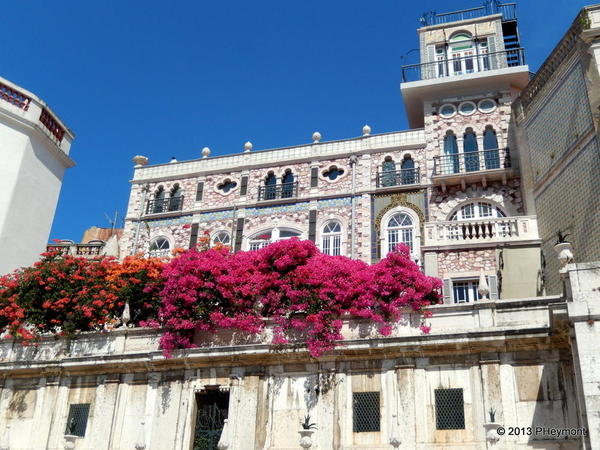
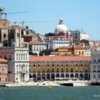

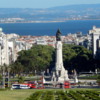

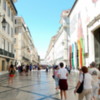

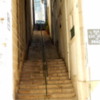




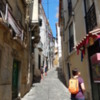
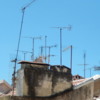
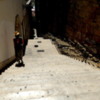
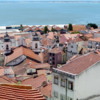
Comments (3)